Esports and Architectural Design
It’s no secret that architects love to design including Esports and Architectural Design , but what good is a great design if it can’t be done well? I think that design starts with the big picture and then moves on to the small details, filling in every gap along the way. There are many things to think about if you want to do this well. In this article, I’ll talk about how important it is to understand the client’s business model and brand and use that information to create a unique story line for their venue in order to get people interested and make as much money as possible. Some designers make what they like, hoping that their clients will like it too. Then there are those of us who want to understand how our client’s business works and plan our designs with their brand in mind. Then, we have to make sure that every part of the design is appealing not only to our client but also to our tertiary customer, or, in other words, our client’s client. This easy but important step is just the start of good design.
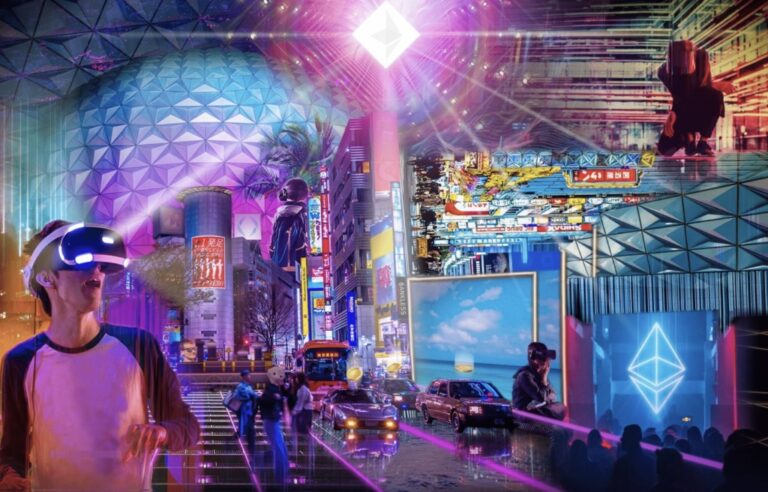
Esports is a business that is growing quickly, and there are many ways to join it. In a recent article, Lagardere Sports and Entertainment used statistics to explain the level of opportunity available:
Every year Esports is achieving new revenue records. In 2017, revenue amounted to $696 million – an increase of 41.3% in comparison to the previous year, and market trends predict continuous growth. By the year 2020, Esports will have over 500 million fans worldwide, which is more than established sports such as Basketball or American Football have right now.
Designing for the people
The ideas for designing should come from knowing the person or people who will be using the space. What kinds of food and drinks will they like? What about other services that will make their users more interested in the space? We could answer these questions by looking at the target demographics. However, this type of research has changed a lot when it comes to esports. We have found that studying psycho-graphics is a more useful part of market research. We no longer use things like age, gender, income, etc. to describe a customer or audience. Instead, we’re looking into more intangible traits. Psycho-graphics includes many different types of people, but all of them have similar likes, dislikes, habits, and feelings. We just hired GfK Research to do a study of the market for us. The goal of this study was to figure out what makes esports fans tick and what that means for the future of e-gaming, betting, and other forms of entertainment. There is nothing else on the market that is as unique as an esports venue, so we had to do it right.
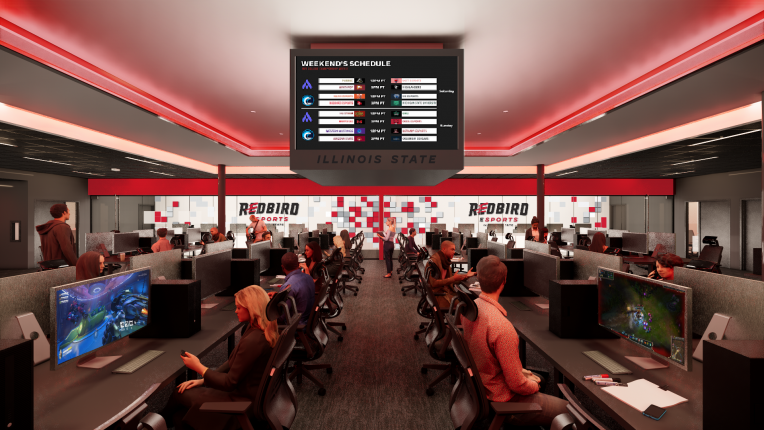
Esports Architecture
Regarding Esports and Architectural Design Venue, would this place be a sports stadium, a theatre, or both? Traditional stadiums focus on physical attendance and broadcasting, but esports stadiums do the reverse. Yes, physical attendance is vital and must be considered, but the focus should be on non-physical and streaming viewers. Paul Armstrong stated in Forbes that the Intel Extreme Masters World Championship 2017 had 46 million online spectators. Nielsen said that 30.6 million people watched Trump’s inauguration. This event had 173,000 attendees, which is 100,000 more than the 2017 Superbowl. Our generation is changing how people consume information and technology.
Designing the Esport Arena
While some classic stadium characteristics are still significant, the need for broadcasting, audio, and visual capabilities requires a theater-focused design approach. Filming, broadcasting, and streaming an esport event requires knowing the opportunity zones and sightlines. Opportunity zones and sightlines show “filmable” places in your space. These zones must be coordinated with an understanding of how the actual environment relates to your audience’s aspect ratios. Market research is also important when planning a room for major events with active breaks. There will always be regular business models that include food and beverage components and others; but, once we grasp and define the box for our users, we like to explore outside it, seeking for non-traditional alternatives. User interaction is essential alongside extra revenue streams to realise a true ROI. What’s excellent design without masterful execution? And how? Every project we’re given has a unique story line.
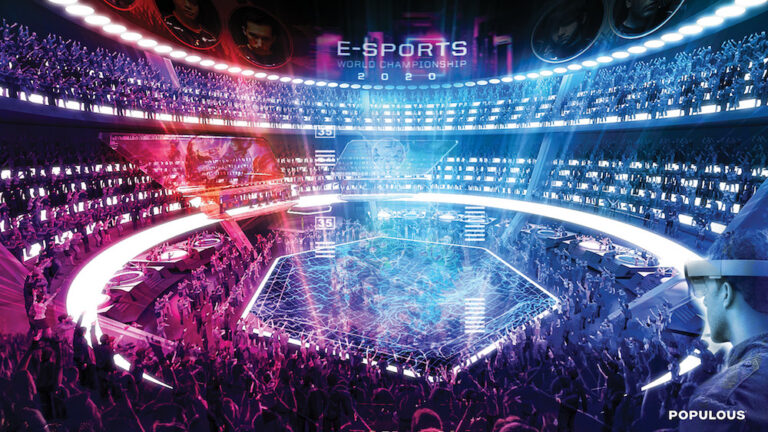
The client’s brand and vision inspired this story line. Esports and Architectural Design from the entrance sequence through the space adventures, a smooth transition carries you through the story we build. All senses submerged. Eight “hero shots” or “social moments” follow. These moments result from understanding how social media affects design, our client, and their customer. Consumers want to create memorable events and relive them through images and videos. As designers, we must include shareable social moment “hero” pictures. 53% of sports gamers think that “experiences are more significant than stuff” Sharing these experiences is more vital than ever. Eight isn’t a random, magical number. We chose to include so many tale elements based on psychology. Only two or three moments will be “remembered” You need a memorable venue. The Bellagio Fountains or Cirque Du Soleil. You remember these when you visit. You share these times.



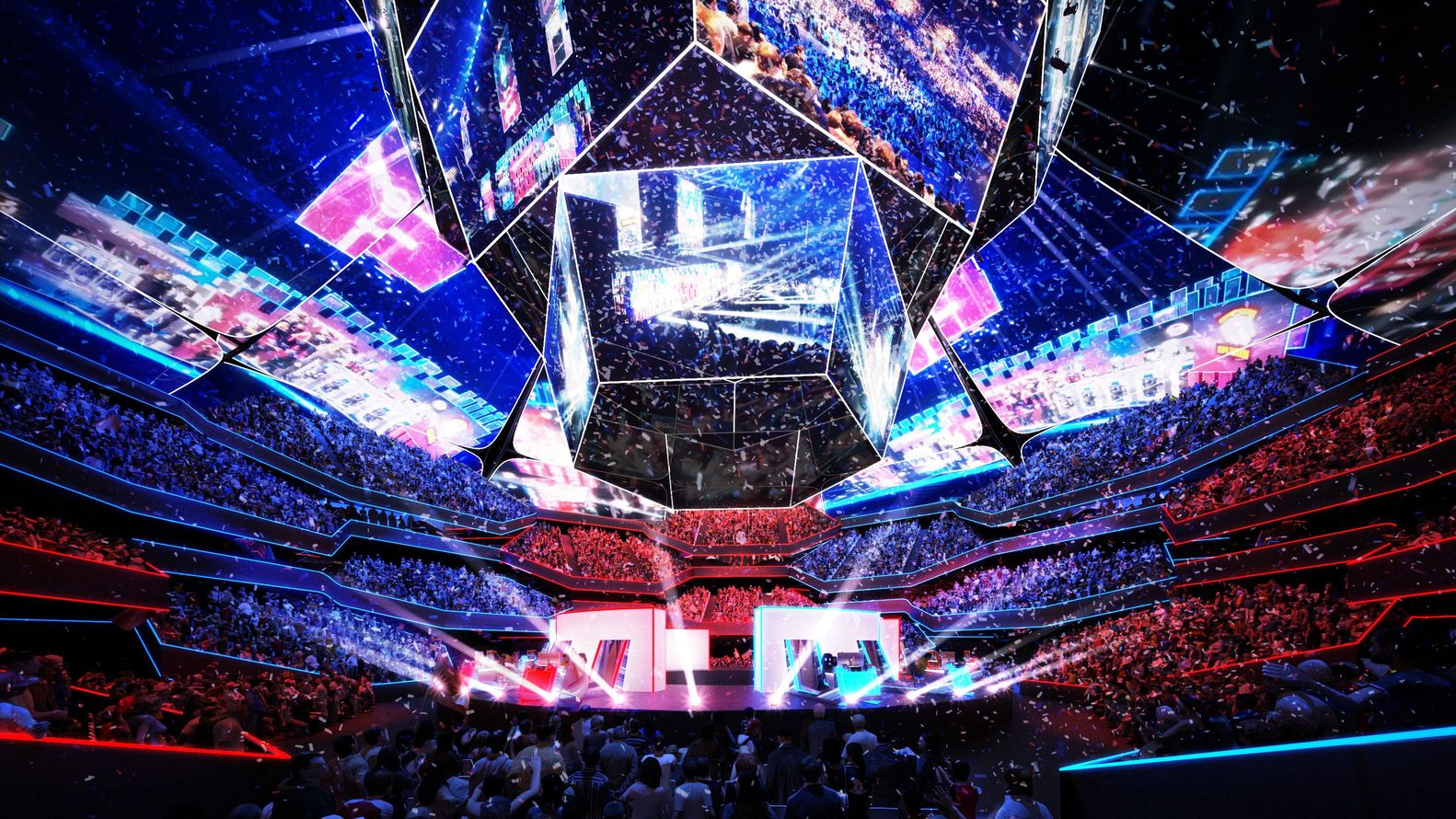




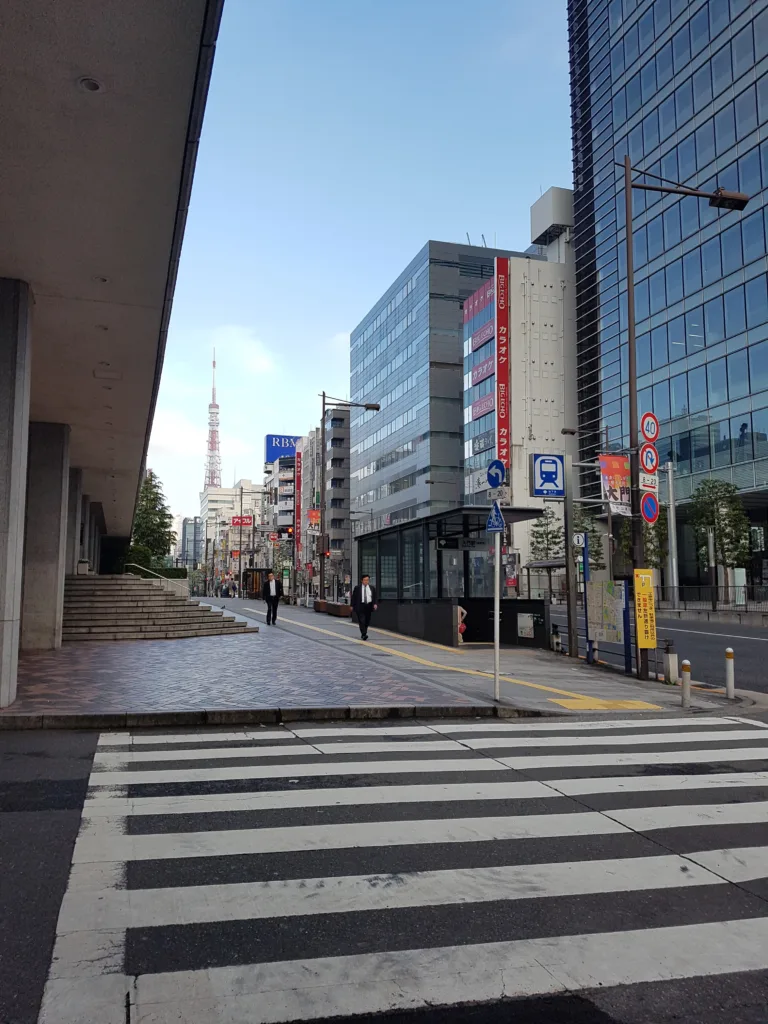

Leave a Comment